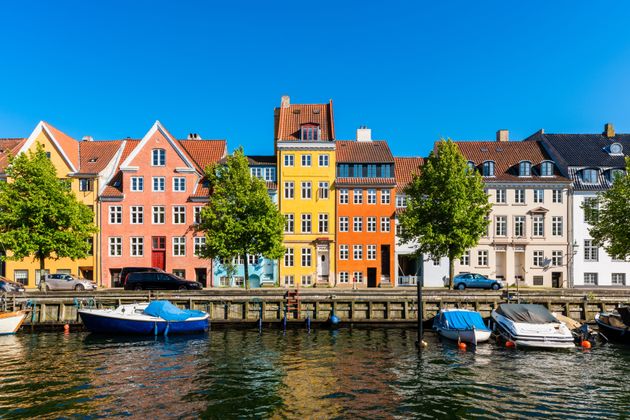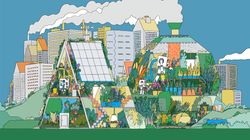Traffic-free cycle lanes, electric cars, zero waste goals. Sustainable living used to be a phrase used by scientists and hippies, not your regular Joe. Now, a greater focus on climate change and the environment means sustainability is a hot topic across the UK. But how to make our cleaner living goals a reality? Well, there’s lots of lessons to be learned from our European cousins, from Berlin’s ambitious targets to be carbon neutral by 2050 to Malmö’s lower energy homes and the people of Copenhagen’s unwavering devotion to travelling by bike.
Here’s some ideas we’d be wise to nick inspiration from.
Malmö, Sweden
Back in the 1990s, Malmö was a deserted, industrial concrete jungle. After plenty of wise investment, it is now one of the greenest cities on the planet. Take the Western Harbour, for example – it’s powered with 100% locally-produced renewable energy. Green roofs pepper the cityscape. Every home is tailored for low energy consumption. The Swedes also love cycling; every fourth journey in Malmö is made by bike. “It’s about wanting to live differently,” said Christer Larsson, Director of City Planning for Malmö, in a report produced by the city in collaboration with the Institute for Sustainable Urban Development.
“We must live in a more carbon neutral way… for the next generation, it will be a matter of lifestyle to choose climate-smart living. I am convinced that everyone is going to want to take part.”
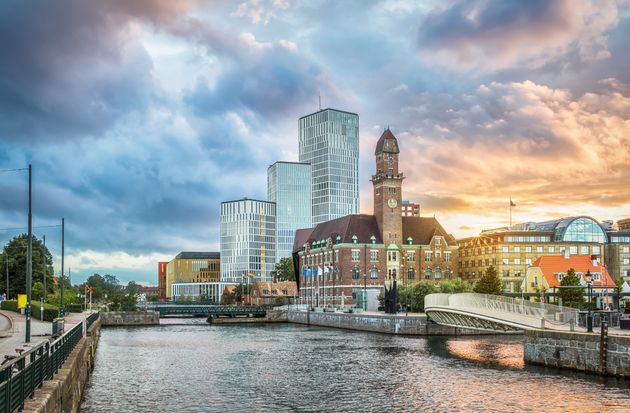
Berlin, Germany
With a young population and a historical preference for public transport over cars, sustainability is part of Berlin’s core. Anyone who has visited will know that innovative ideas are welcomed by the city’s alternative folk. Since 1990, the German capital has cut its CO2 emissions by one-third and it aims to be climate neutral by 2050. With over 2,500 green spaces, hundreds of cycle lanes and recycling incentives, (€0.25 for every plastic bottle you recycle) it’s a city that is committed to change. They even have apartment blocks which filter grey water to feed rooftop gardens. One day, they hope to create fish farms up there, too.
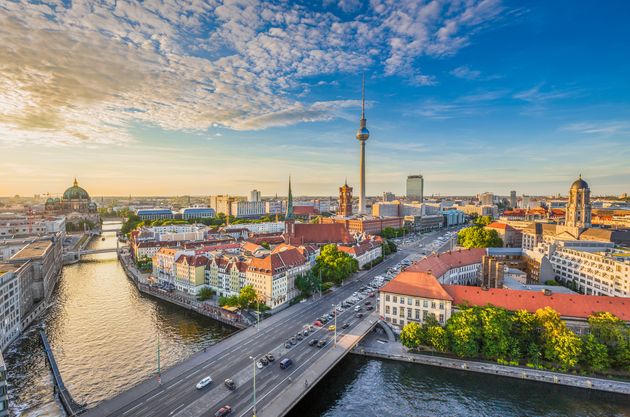
Oslo, Norway
Tucked away in the far north where the sun rarely sets in summer, Oslo is paving the way for green cities across Europe. “Oslo is probably the most advanced city for sustainability,” James Court, head of policy for the UK’s Renewable Energy Association, told HuffPost UK. “The fact that Norway is close to 100% renewable electricity is an incredible place to start from, plus they have a national subsidy for electric vehicles and solar panels.” Over 50% of new cars sold in Norway last year were part electric, which looks incredibly promising for the country’s future. “With excellent programmes to get energy and biogas from waste and ambitious targets to ban cars from the city centre from 2019, Oslo really is leading the pack.” Just a shame a pint of beer costs over a tenner.
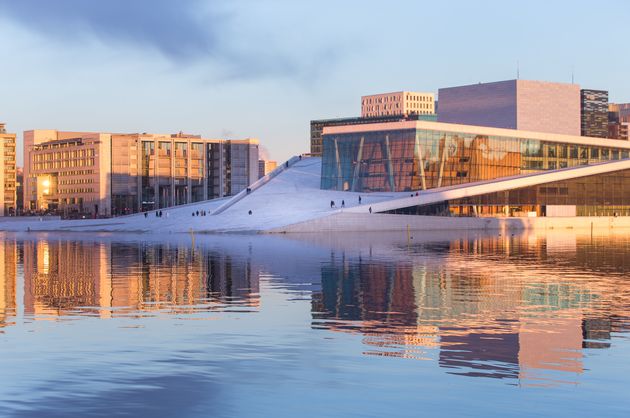
Reykjavik, Iceland
When it comes to renewable energy, the Land of Fire and Ice is blazing a beacon across the world. Almost 100% of Iceland’s electricity comes from hydropower and geothermal power, thanks to those explosive geysers and windy shores. In fact, 85% of homes are heated by geothermal energy. That’s because Iceland has so much volcanic action, right? Actually no.
Few realise that many European cities – including Paris – have areas suitable for geothermal heating. Approximately 25% of the European population could benefit from this energy, according to the United Nations Chronicle. So why aren’t we making the most of it? Time to take a tip out of Iceland’s book.
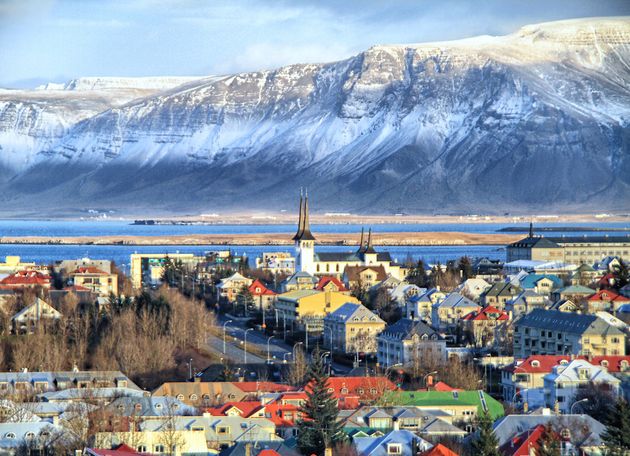
Copenhagen, Denmark
The cycling capital of the world, Copenhagen is often labelled one of the most liveable cities in Europe. Not only has their cycling system long been the envy of the globe, but they also have huge number of green spaces where sustainable hotels, organic food and super clean drinking water is the norm. “Copenhagen has one of the world’s most ambitious climate plans and is on track to reduce CO2 emissions to zero by 2025,” said Simon Hansen, head of C40 Copenhagen, a group that tackles climate change and reduces greenhouse gas emissions in cities, in a 2017 blog.
It’s easy to see why Copenhagen was European Green Capital 2014.
